FC-32 - Semantic Information Elicitation
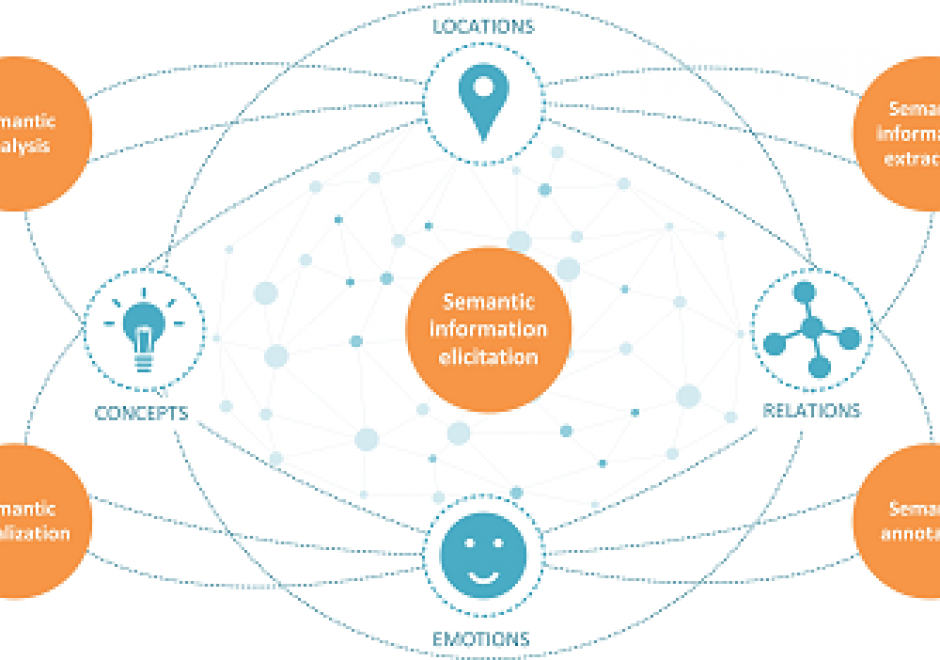
The past few decades have been characterized by an exponential growth of digital information resources. A considerable amount of this information is semi-structured, such as XML files and metadata records and unstructured, such as scientific reports, news articles, and historical archives. These resources include a wealth of latent knowledge in a form mainly intended for human use. Semantic information elicitation refers to a set of related processes: semantic information extraction, linking, and annotation that aim to make this knowledge explicit to help computer systems make sense of the content and support ontology construction, information organization, and knowledge discovery.
In the context of GIScience research, semantic information extraction aims at processing unstructured and semi-structured resources and identifying specific types of information: places, events, topics, geospatial concepts, and relations. These may be further linked to ontologies and knowledge bases to enrich the original unstructured content with well-defined meaning, provide access to information not explicit in the original sources, and support semantic annotation and search. Semantic analysis and visualization techniques are further employed to explore aspects latent in these sources such as the historical evolution of cities, the progression of phenomena and events and people’s perception of places and landscapes.

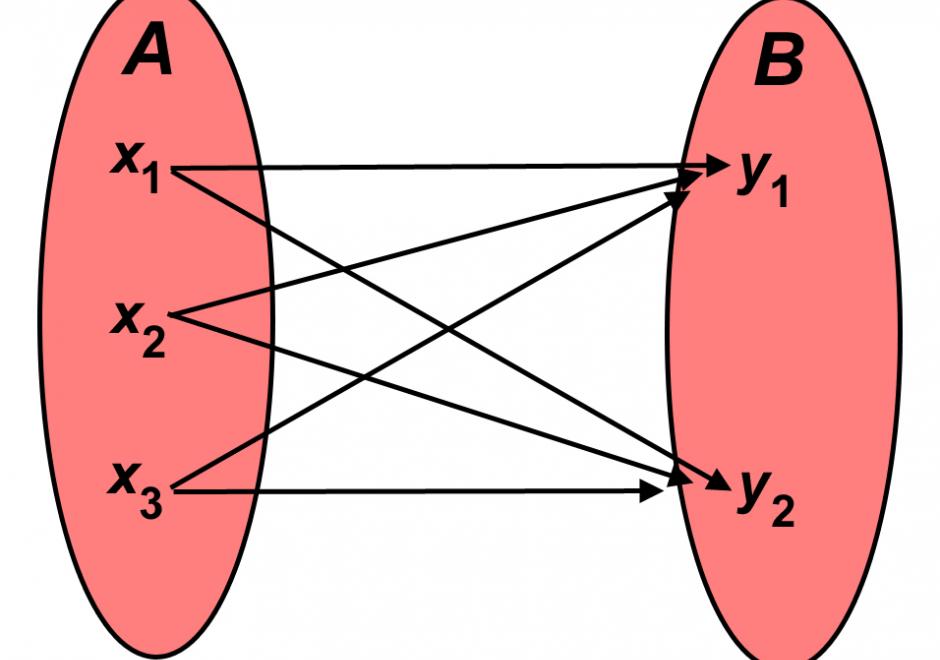

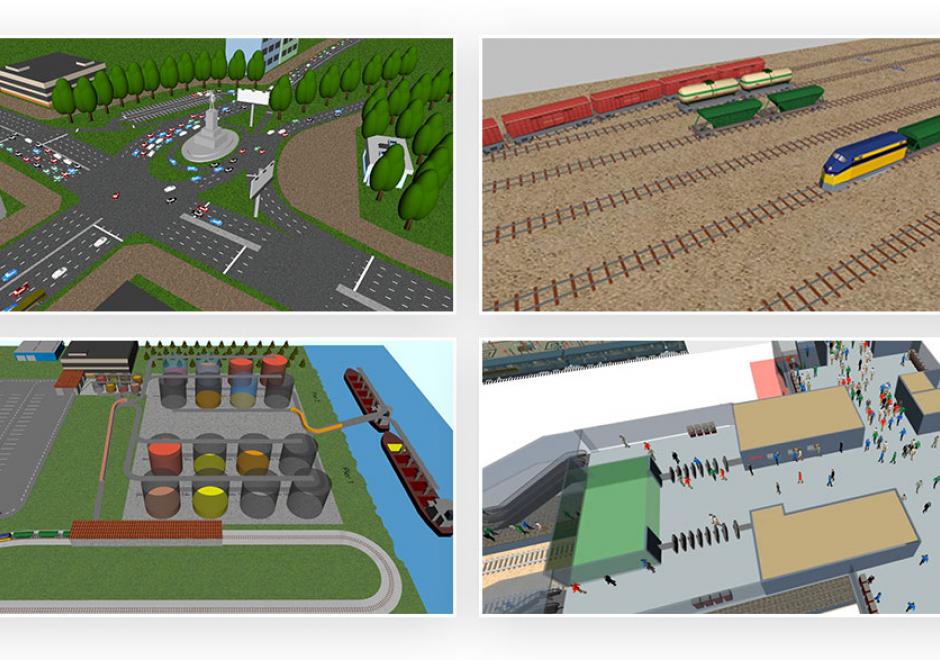
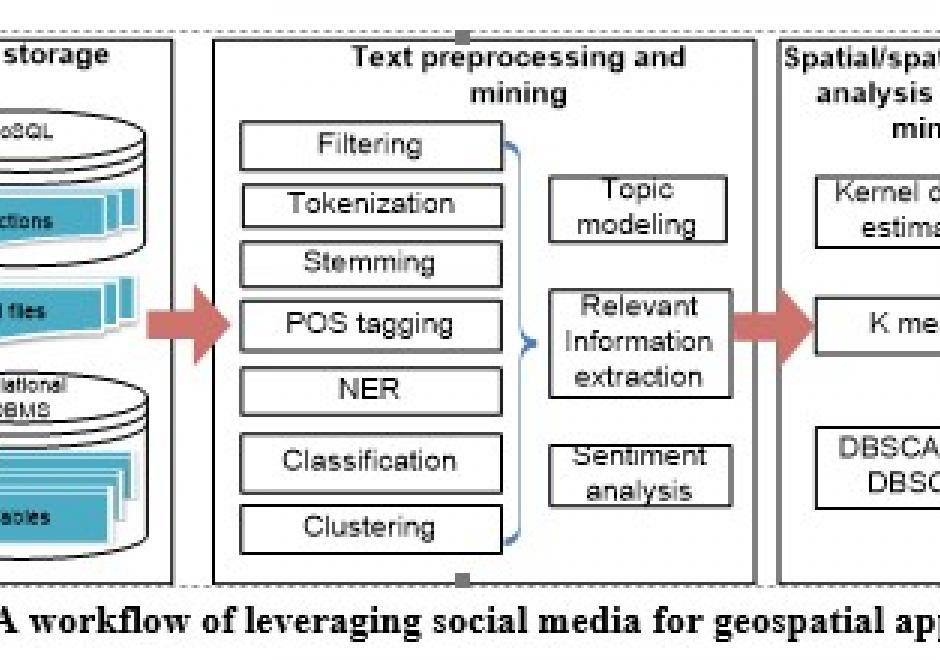
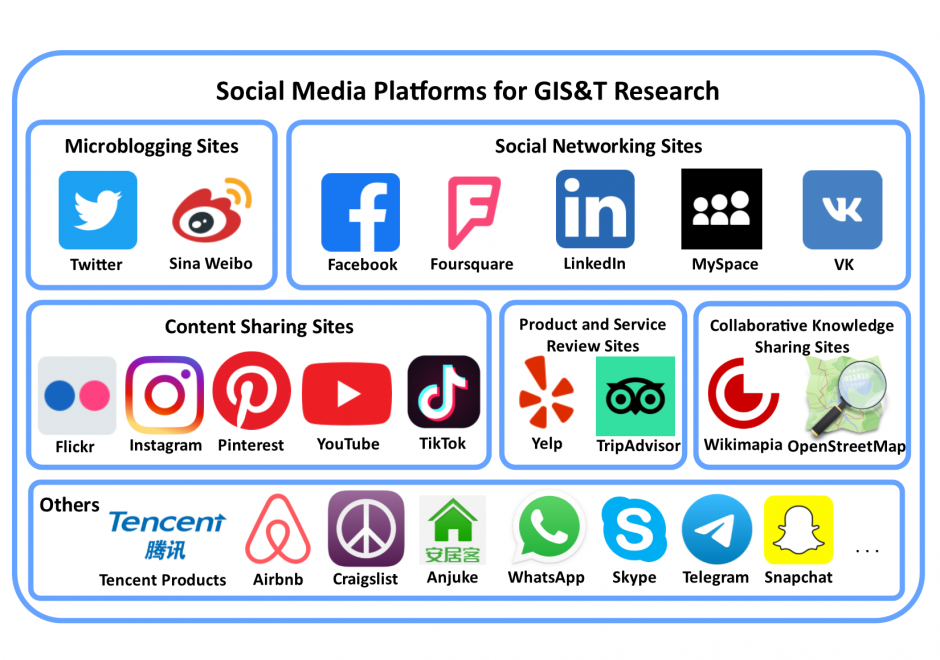
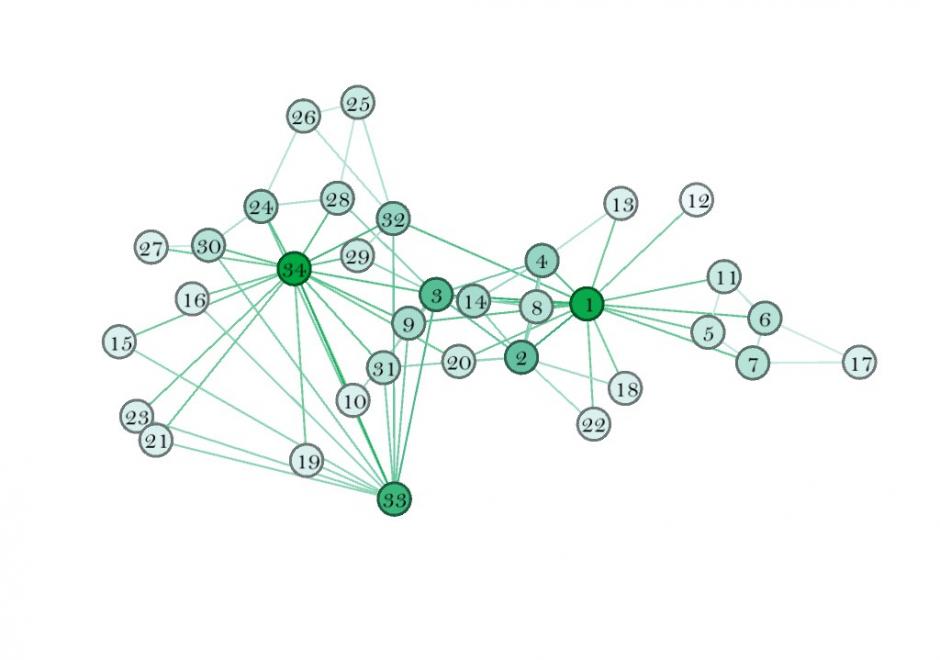
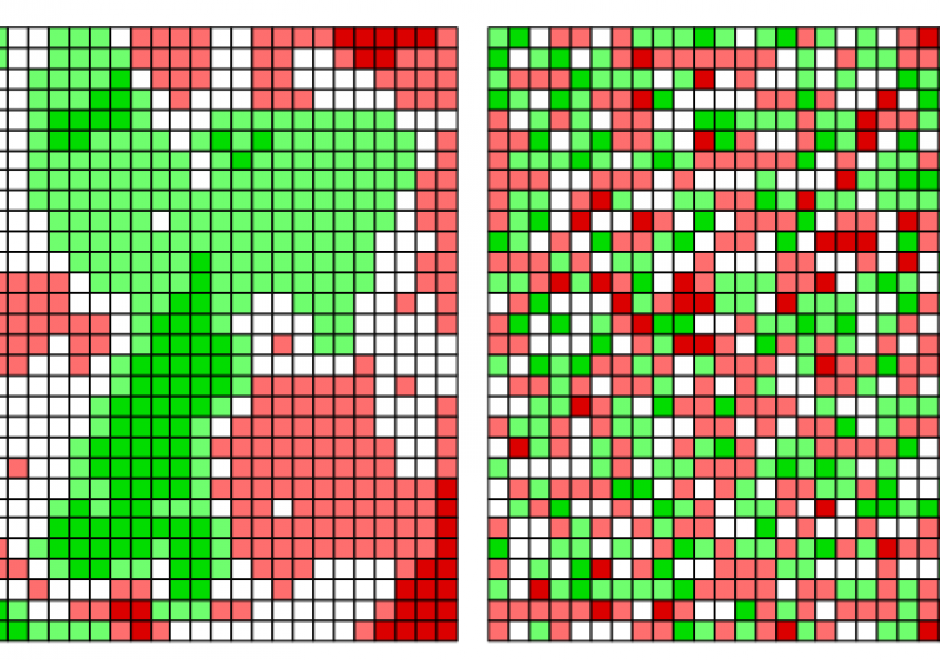
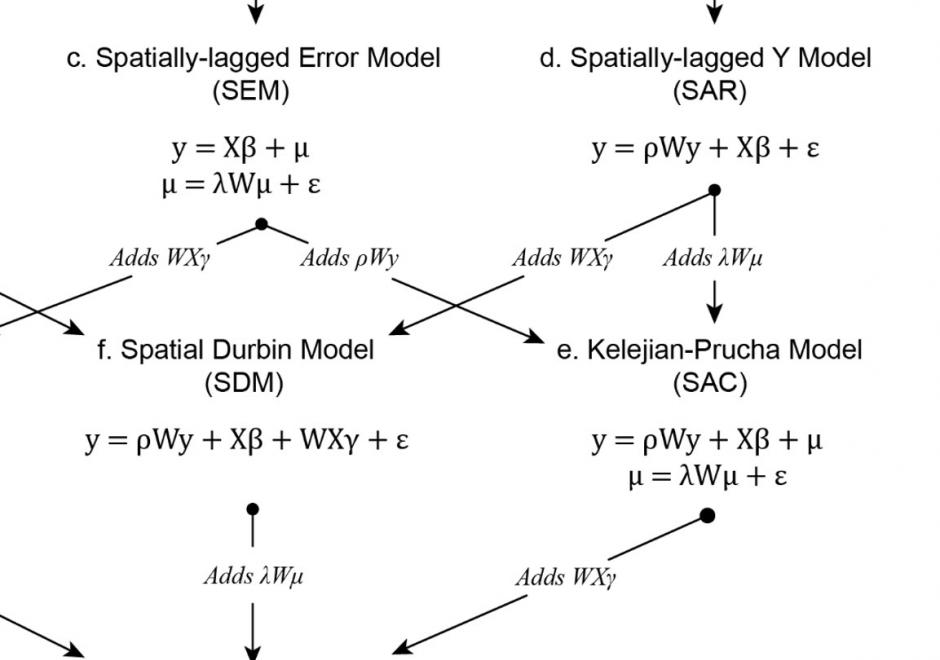
CV-04 - Scale and Generalization
Scale and generalization are two fundamental, related concepts in geospatial data. Scale has multiple meanings depending on context, both within geographic information science and in other disciplines. Typically it refers to relative proportions between objects in the real world and their representations. Generalization is the act of modifying detail, usually reducing it, in geospatial data. It is often driven by a need to represent data at coarsened resolution, being typically a consequence of reducing representation scale. Multiple computations and graphical modication processes can be used to achieve generalization, each introducing increased abstraction to the data, its symbolization, or both.